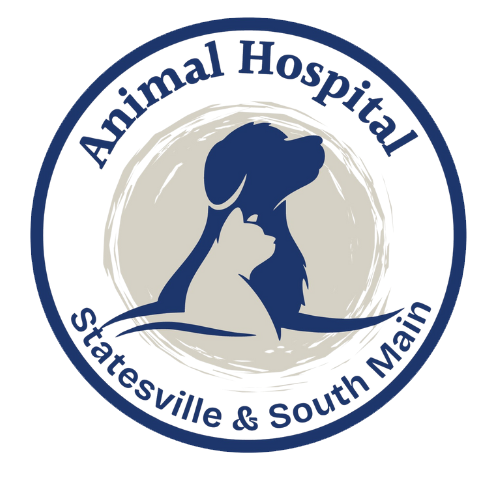Endoscopy is a safe, non-invasive way to look inside a pet's esophagus, stomach and sometimes, the duodenum. Upper gastrointestinal endoscopy can be an alternative to surgery to retrieve some foreign bodies in the stomach and sometimes, the duodenum. It can also be used to examine and obtain biopsies of those areas to make a diagnosis or confirm abnormal pathology. Ulcers, cancer, abscesses or inflammation are some of the problems that can be diagnosed using endoscopy.
Dr. Ashly LaRoche
Animal Hospital of Statesville
Our flexible endoscope has a long tube with a camera at the end that is inserted slowly through the esophagus, stomach and sometimes, the duodenum while the pet is under general anesthesia. While it's best suited for dogs over 40 pounds, it may also be used in some small cats and dogs.
During the procedure, the pet is closely monitored by the veterinarian and the assisting veterinary technician. Complications are rare but include perforation of the gastrointestinal tract and regurgitation of stomach contents into the esophagus. Endoscopy, with a lower complication rate than general surgery, can be considered a non-invasive way to attempt to retrieve foreign bodies using various tools attached to the endoscope. Sometimes, objects are too large to retrieve using the endoscope. Those objects would require general surgery for removal.
As with any anesthetic procedure, a pet undergoing an endoscopy will be fasted for 12 to 24 hours. Pets will stay for the day to allow recovery from anesthesia. Pictures or videos from your pet's endoscopy will be shared with you by your veterinarian when your pet is discharged. Your veterinarian will also discuss the results of your pet's procedure and advise if further treatment is necessary. If your pet had a biopsy taken, it often takes 10-14 days to receive the analysis from the laboratory.
